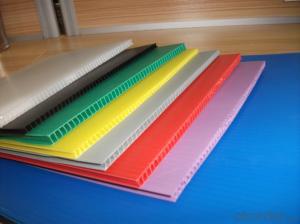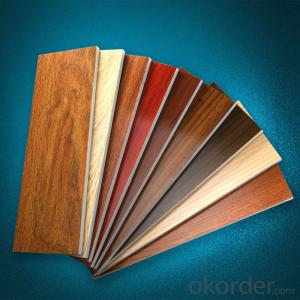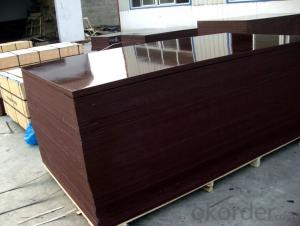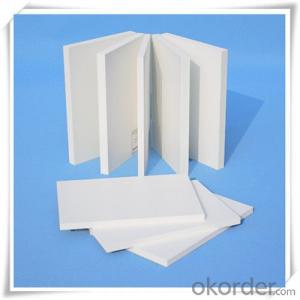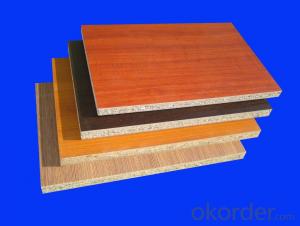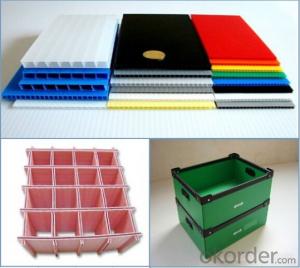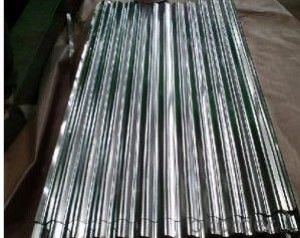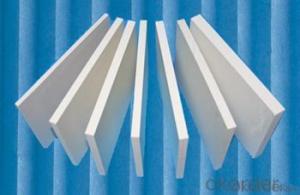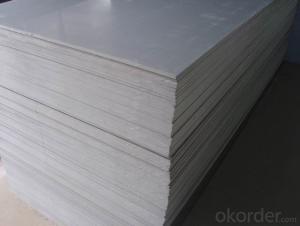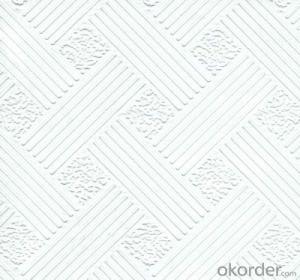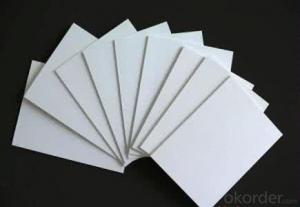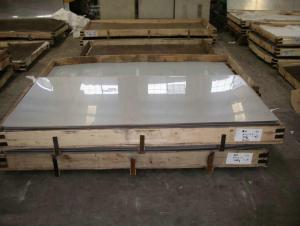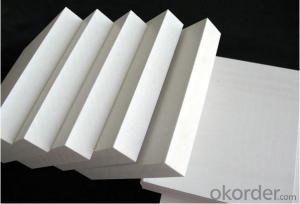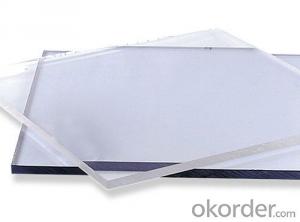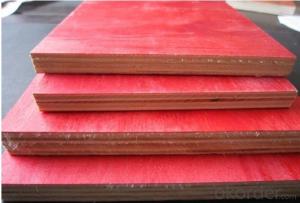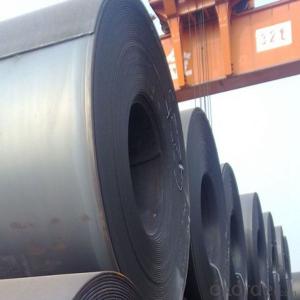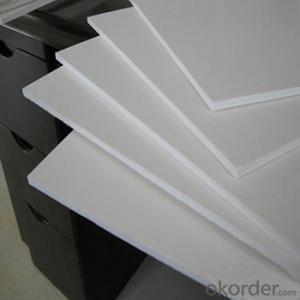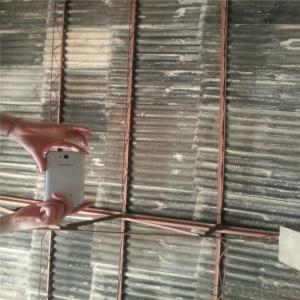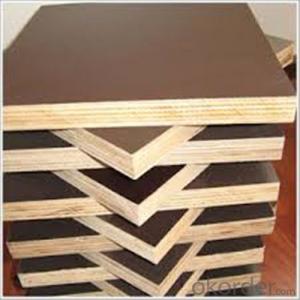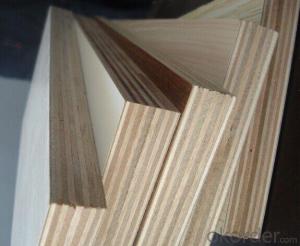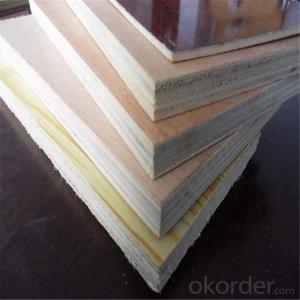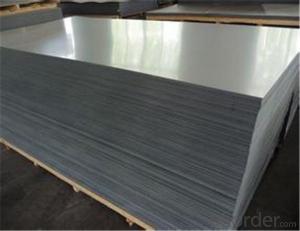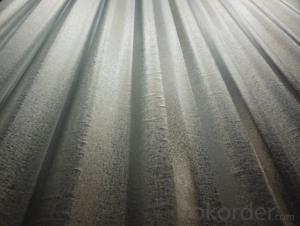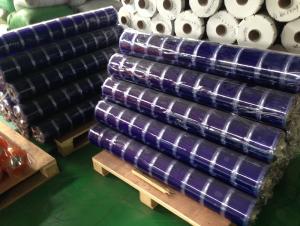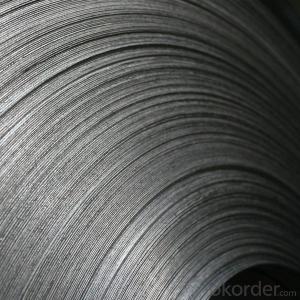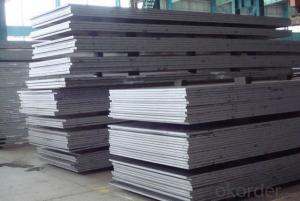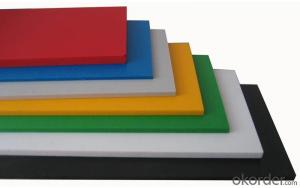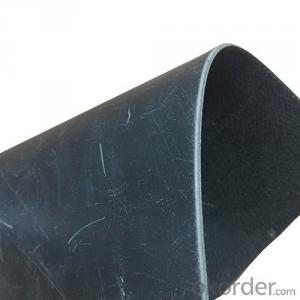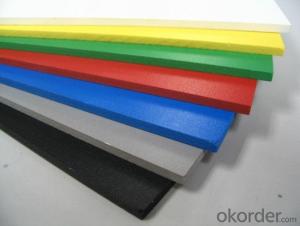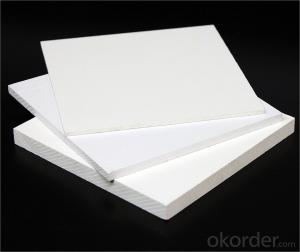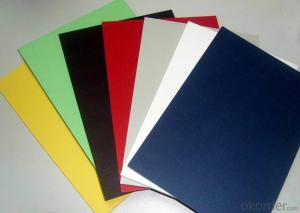Hard Plastic Sheets 4X8
Hard Plastic Sheets 4X8 Related Searches
Plastic Sheets 4X8 Clear Plastic Sheets 4X8 4 By 8 Plastic Sheets Polypropylene Sheets 4X8 4X8 Metal Sheets 4X8 Tin Sheets Plexiglass Sheets 4X8 Stainless Steel Sheets 4x8 Sheet Metal Sheets 4X8 Stainless Steel 4x8 Sheets 4X8 Styrofoam Sheets 4 X 8 Tin Sheets 4x8 Stainless Steel Sheet Stainless Steel 4x8 Sheet Thin Hard Plastic Sheets 4x8 Sheet Of Stainless Steel 4 X 8 Styrofoam Sheets Sheet Metal 4X8 Galvanized Steel Sheet 4x8 4X8 Sheet Aluminum 4 X 8 Sheet Of Stainless Steel Diamond Plate Aluminum Sheets 4X8 8 X 4 6Mm Plywood Sheets 4X10 Plywood Sheets Galvanized Sheet Metal 4X8 6 X 8 Plywood Sheet 4X8 Galvanized Sheet Metal 3Mm Plywood Sheets 8X4 4X12 Plywood Sheets Lightweight Plastic SheetsHard Plastic Sheets 4X8 Supplier & Manufacturer from China
Hard Plastic Sheets 4X8 are a versatile and durable material used in various industries for a wide range of applications. These sheets are made from high-quality plastic, offering excellent resistance to impact, chemicals, and wear, making them ideal for both commercial and residential use. They are commonly utilized in construction, furniture making, and signage, among other areas, due to their ability to withstand harsh conditions while maintaining their structural integrity.The Hard Plastic Sheets 4X8 are widely used in a variety of scenarios, such as in the creation of protective barriers, custom furniture pieces, and durable signage. Their lightweight nature and ease of cutting and shaping make them a popular choice for DIY projects and professional applications alike. Whether you need a sturdy surface for a workbench or a transparent shield for a display case, these sheets provide a reliable and cost-effective solution.
Okorder.com is a leading wholesale supplier of Hard Plastic Sheets 4X8, boasting a large inventory to meet the demands of various customers. With a commitment to quality and customer satisfaction, Okorder.com ensures that each order is fulfilled with precision and care. Their extensive selection of Hard Plastic Sheets 4X8 caters to a diverse range of needs, making them the go-to source for businesses and individuals alike who require reliable and durable plastic sheets for their projects.
Hot Products


